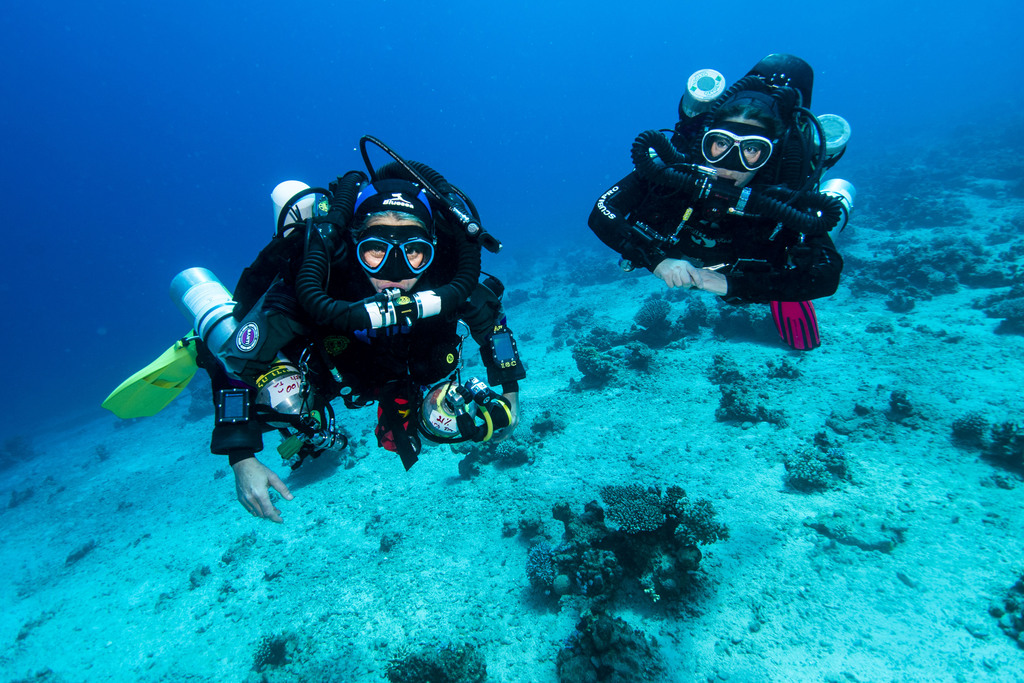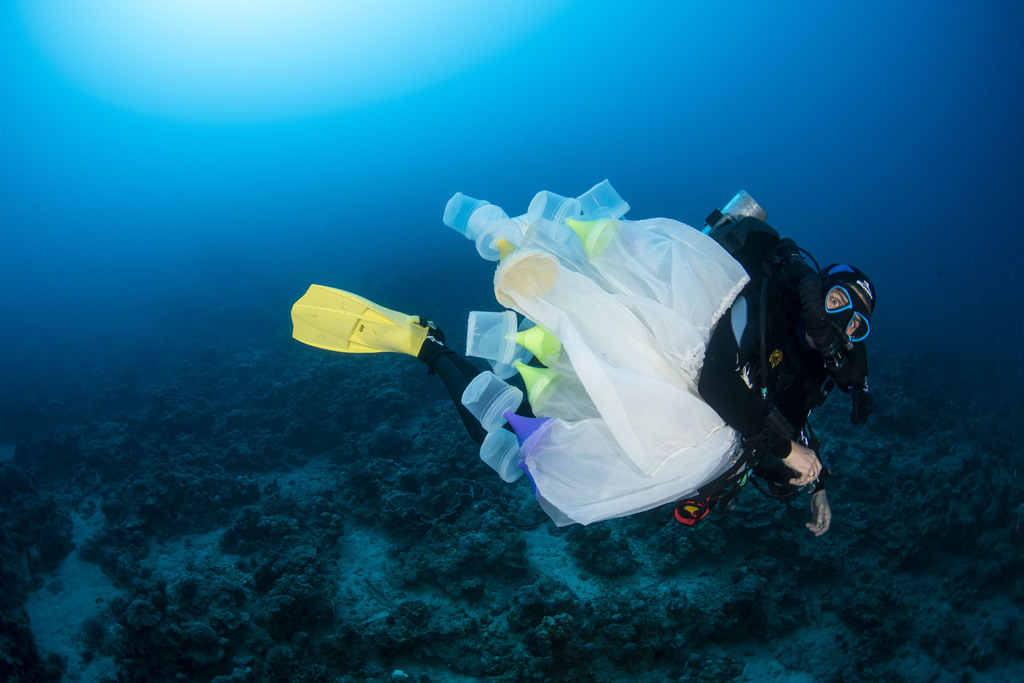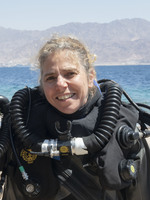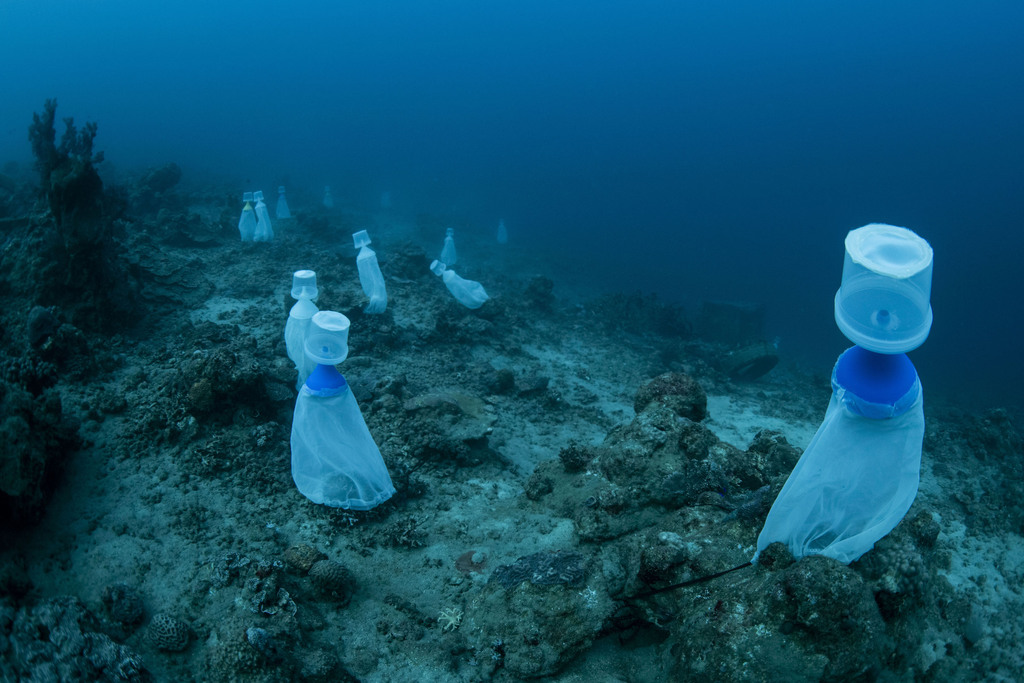Behind the science:
Physiological Characteristics of Stylophora pistillata Larvae Acros...
2020, July 13
Posted by Veronica Radice
Fields
Molecular ecology
Physiology
Focusgroups
Scleractinia (Hard Corals)
Symbiodinium (zooxanthellae)
Locations
Israel - Red Sea
Platforms
SCUBA (open-circuit or unspecified)
“Coral fluorescence differs between depths for larvae and adult colonies”
What was the most challenging aspect of your study (can be anything from field, lab to analysis)?
By far the most challenging part was the sample collection and the prediction of the correct spawning time of the mesophotic corals. For that we planned our collection time for 5 repetitive days follow the full moon during the peak spawning season. The sampling method includes setting up the collection nets over the colonies in the evening and collecting them first thing in the morning during this period, both in the shallow and at the mesophotic reefs. For safety, we divided our team into a few groups and each group had one deco dive a day, luckily our team of qualified experience CCR divers includes 7 divers and we had a second team that preformed all the shallow dives. Following each morning dive, we spent a few hours at the water tables checking each net and counting all the babies we collected during the night.
What was the most memorable moment in undertaking this study?
We had few memorable moments during this study, the first one was the first check dive of all the team, introducing them to the study site and preparing for the experiment. The second moment was during the morning dive, retrieving the nets and understand that our prediction was right and we had coral babies in every trap.
What was your favourite research site in this study and why?
This is a difficult one, as during this study we aimed at one site which could be both easy to set around 20 nets in a confined area, and not the most diverse location. However, during the exploration for the best location and the fluorescent in-situ imaging we loved the most the wall in the nature reserve that stretched from 20-45 m and has a high coral coverage and complexity.
Other than your co-authors, with whom would you like to share credit for this work?
We would like to acknowledge Eran Rozen, the University of Haifa DSO who oversee this expedition and took care of every detail from food to tanks and safety. Also, to Shai Einbinder, Stephane Martinez and Alex Chequer, our long term diving buddies and friends.
 Tali Mass and Gretchen Goodbody-Gringley
(C) Hagai Nativ
[CC BY-NC 4.0]
Tali Mass and Gretchen Goodbody-Gringley
(C) Hagai Nativ
[CC BY-NC 4.0]
 Tali Mass on the way to set the nets over the corals
(C) Hagai Nativ
[CC BY-NC 4.0]
Tali Mass on the way to set the nets over the corals
(C) Hagai Nativ
[CC BY-NC 4.0]
Any important lessons learned (through mistakes, experience or methodological advances)?
The most important lesson is to follow all the safety procedures, to take the time during CCR set up, and to have a safety officer that will overlook the plans. As a scientist, we sometimes focus so much on the research that we overlook some of the diving details so having a dedicated person to assist with the dive planning helps ensure we complete all of the planned tasks.
Can we expect any follow-up on this work?
Definitely, we were awarded NSF-BSF for the next 4 years based on this preliminary work so more to come. The NSF-BSF project will be focused on assessing the mechanisms of molecular and morphological adaptation by corals to extreme environments. In this new project, we will examine both in the Red Sea and the Caribbean the mechanisms that enable corals to thrive across broad depth gradients.
Featured article:
|
|
Physiological Characteristics of Stylophora pistillata Larvae Across a Depth Gradient | article Scucchia F, Nativ H, Neder M, Goodbody-Gringley G, Mass T (2020) Front Mar Sci 7:13 |

|

